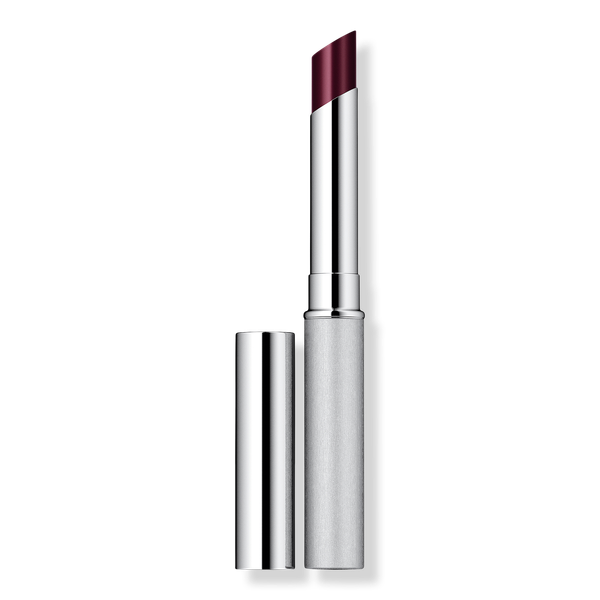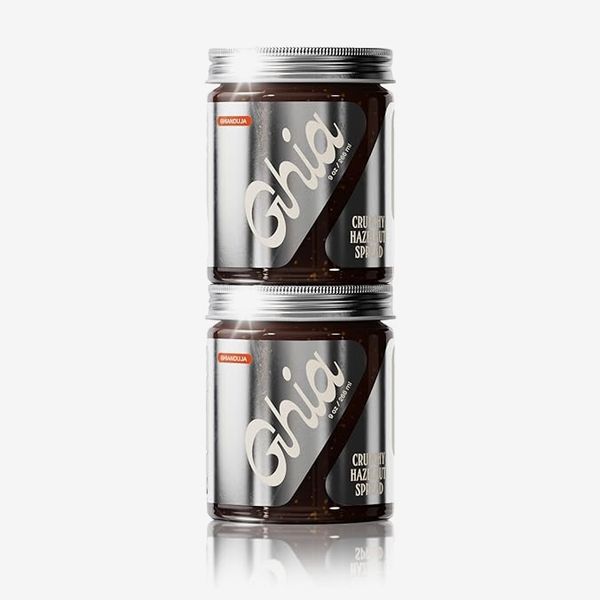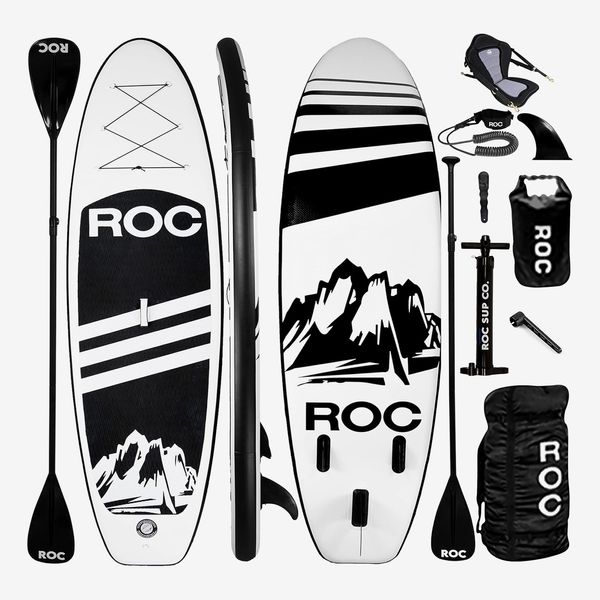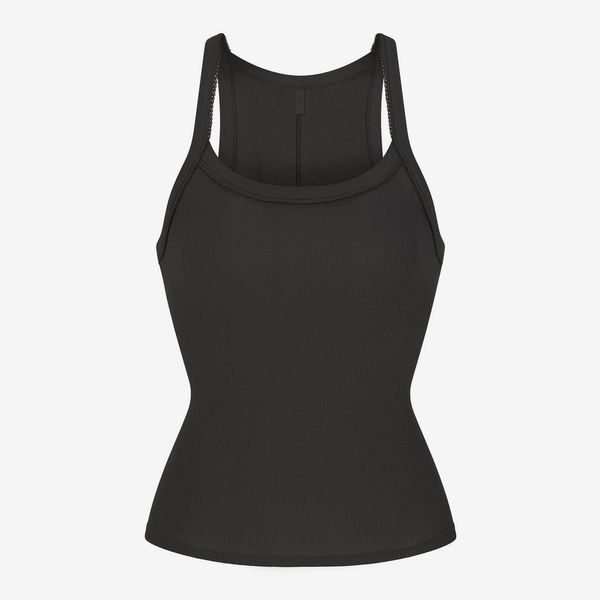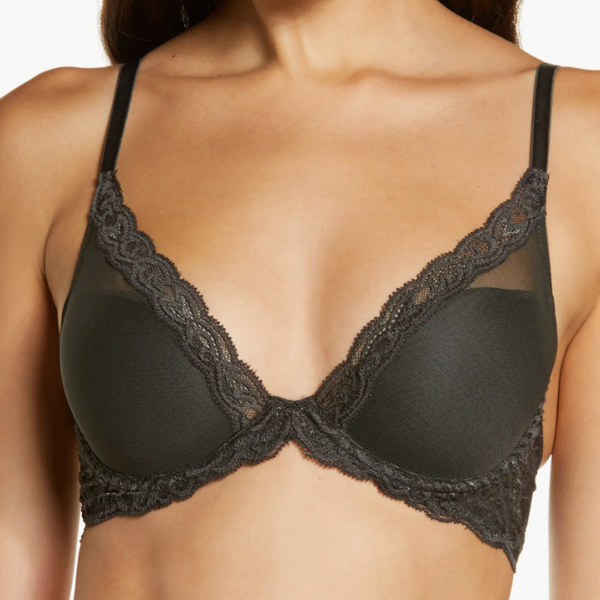
In this article
I’ve pumped for three babies — including exclusively pumping for eight months for my third born — and I can confidently say I’ve never exactly felt excited to fire up a pump. As with other baby-feeding purchases (a bottle-preparing machine, a nursing pillow), the goal is to find something that fits into your lifestyle, but a pump is never the most joyful product to use. It doesn’t help that the terminology around electric breast pumps is confusing. You might see pumps advertised as being hospital grade or hospital strength. Hospital-grade pumps, which may also be known as “closed system” pumps, have mechanisms in place to keep the milk from getting into the tubing or otherwise coming into contact with the pump itself. This means that the motor can be used by multiple people. It’s rare to find a pump that doesn’t meet this criteria — every electric pump on our list does — which is great if you want to sell or give away the motor after you’re done having kids. Meanwhile, some pumps will be labeled “hospital strength,” though as Karrie Locher, a mom of four, postpartum and neonatal nurse, certified lactation counselor, and the founder of Karing for Postpartum, points out, “This term is not regulated by the FDA for a certain strength criteria,” so don’t put too much stock in it.
I’ve tried about 11 different pumps, and luckily, my milk output was pretty consistent with most of the pumps I tested. However, other folks can get wildly different outputs from one pump to the next. The (frustrating) bottom line is this: A pump is not one size fits all. Additionally, you’re also trying to test-drive these products during the harried, frazzled time while you’re adjusting to life with a newborn. Locher says that best way to think about pump shopping is to ask: How can I set myself up to be successful? That may mean having different pumps for different scenarios. As an exclusive pumper, I had a “primary pump,” which is the term EPers use for their main pump (and the one they use for most sessions of the day) because it is generally the best at extracting milk. I also had a wearable for sessions where convenience was more important. While it might sound like a big investment to buy two pumps, under the Affordable Care Act, your insurance is required to cover a breast pump every time you are pregnant. My “primary pump” was fully covered, and I bought my wearable myself.
What we’re looking for
Suction strength
A range of suction strengths means that you can experiment in finding a setting that gets you the most amount of milk in the least time without being uncomfortable. You should never be in pain in service of getting more milk quicker! (But as you pump more often, you may also find you can tolerate higher suction strengths.) So, I eliminated any electric pumps with fewer than nine suction-strength levels.
You’ll also want a pump that lets you toggle between stimulation mode (which mimics a baby’s early latch to help stimulate letdown, typically with shorter, faster pulls) and expression mode (which typically uses longer, slower pulls). All the electric pumps I chose offer the ability to toggle between both pull types.
Portability
Pumps that have rechargeable batteries will allow you the freedom to move around while you’re pumping. Also, some pumps can be worn in-bra, which is the ultimate in portability, but many people find they don’t get as much milk with these wearable pumps as they do with more traditional flange pumps. All the pumps I chose have a portable option, though some are more hands-free than others.
Capacity
Four-ounce containers per side is pretty standard — and to be clear, pumping four ounces out of one breast in a single session is a lot — but high-supply folks (I was one) may want larger containers. I liked to be able to collect at least seven ounces per side, especially in my morning pump session, the largest of the day.
Flange size range
I looked for pumps that had at least three flange sizes available to give the most fit options. The wrong size flange can be really uncomfortable, or even reduce your output. If you search “printable nipple ruler,” you can find one that you print out, or you can use a sizing app, or ask a lactation consultant if they have one while you’re in the hospital. And note that you might need multiple sizes, as your nipple size may change over the course of your breastfeeding journey (or you may be like me and have two differently sized ones).
Best breast pump overall
Suction levels: 12/ Portable: The S1 is, the S2 is not
Ounce capacity: Included bottles hold 5 ounces, third parties make larger bottles/ Flange size range: 24 mm and 28 mm are included; 16 mm to 32 mm are available separately
The Spectra is incredibly good at getting milk out. It has 12 levels of suction, as well as different speeds, and the ability to customize suction strength and cycle speed helps most people find a combination their bodies respond well to. I used it as my primary pump. It’s worth saying that Spectra makes two versions of this pump — the S2 needs to be plugged into the wall, while the S1 has a rechargeable battery, but other than that they’re identical. I chose the S2 because it was fully covered by my insurance. While they both excel at getting the job done, people might prefer the portability from the S1. Another huge plus of the Spectra is how many options for accessories there are: I had a high supply, and I was able to buy compatible bottles for my flanges that held up to nine ounces each (the included bottles max out at five), and they have flange sizes from 16 mm to 32 mm. “The S1 was my most-used pump,” says Tara Heaslip, a mom of a 15-month-old who owned five pumps while she was breastfeeding and pumping. “Powerful, versatile, and you don’t need to be plugged into a wall.” Heaslip had both the S1 and S2, and agrees that the S1’s “battery made it nice to be able to be anywhere,” she says. “The Spectra S2 is really great if you can leave it at work, or home, and have a cozy spot to plug in undisturbed,” says Jane Sprague, a mom of one. “For a workhorse pump, I’d say get the Spectra S1,” says Amanda Glenn, a certified lactation counselor who runs the popular pumping account @exclusive_pumping. “If I was having a new baby, that’s what I’d get.”
The difference in whether you go for the plug-in or rechargeable will come down to your budget, most likely — I had the S2, the plug-in model, because I knew I was going to spend some money on a wearable also, but if you’re looking to get just one pump, it’s probably worth upgrading. “Some medical-device companies will let you pay the difference,” from what your insurance covers, “to upgrade to the S1,” explains Glenn. (Look into companies like Aeroflow to learn more.) The Spectra isn’t without downsides — even the S1 is on the bulky side if you’re commuting with it, and you have to manually turn the suction strength down after each session or it will pick up where you left off, which can lead to some serious nipple shock — but some things are classic for a reason. As Glenn said, if you will only have one pump, this is the one to get.
Best wearable breast pump
Suction levels: 9/ Portable: Yes/ Ounce capacity: Included containers hold 5 ounces; 7-ounce containers are sold separately
Flange size range: 21 mm and 24 mm are included; 27 mm is available separately
When I tested nine wearable breast pumps, the Willow Go was my favorite of all. I found that it had comfortable suction, I got a great output with it (very consistent with my output on my S2, and actually, unlike the S2, it doesn’t have any vibration, which I prefer), and it’s truly wireless — I felt very comfortable moving around and washing bottles, brushing my teeth, or making dinner with it on.
However, it is difficult to clean — the Go has six parts per side, and cleaning them took a long time. The setup was not the easiest — I watched a lot of in-app videos — and the setup was also prone to errors. If the diaphragm was even a little out of place, the milk could leak out of the bottom or onto the diaphragm itself, and I didn’t know if my session was screwed up until I took off the pump. Sometimes it even vomited a little milk back out when I set it on the counter. The app is the only way to see how long you’ve been pumping, so you need your phone nearby always. The charge also sometimes didn’t last a whole day. Even with these betrayals, it was still my favorite. If you’re going to get a wearable, this is still hands down the one I’d recommend.
Best (less-expensive) wearable breast pump
Suction levels: 9/ Portable: Yes
Ounce capacity: Collection cups hold 5 ounces each/ Flange size range: 24-mm flanges included, inserts for 17-, 19-, 21-, and 27-mm flanges available separately
Wearables can be a big investment, but at $140, the Momcozy S12 Pro is one of the least expensive — and best — models out there. In fact, it’s one of the least-expensive electric pumps in this story. When I tested this one, it was my runner-up wearable behind the Willow Go of all the ones I tried — I felt very secure moving around and cooking, washing bottles, and prepping my older kids’ lunches while wearing it, and I especially liked that it displayed your pump time on the motor screen.
Other testers agreed. “It is incredibly easy to use and, most importantly, very easy to clean and assemble,” says Sarah Ryan-Lizee, a mom of one who exclusively pumped for her daughter for nine months. “My output was similar with my Spectra, which I appreciated,” says Ryan-Lizee. And like the Willow 360, it’s a pump that allows for a lot of movement. “That pump totally extended how long I was able to EP because it gave me a lot of freedom for pumping outside of my house,” says Ryan-Lizee. “The Momcozy made me feel human again,” agrees Emily Diserens, a mom of one. “I had DMER [dysphoric milk ejection reflex], where you feel depressed during letdown, and I needed to do anything I could to fight against it. The Momcozy was such a good step for me. I could move around and interact with my baby.” The biggest downside is how obvious it is, even under clothes. “It’s not the most discreet wearable pump,” agrees Ryan-Lizee.
Best compact breast pump
Suction levels: 9/ Portable: Yes/ Ounce capacity: Included bottles hold 4.7 ounces; 8.5 ounce bottles are available separately
Flange size range: 24 mm are included; 21 mm to 32 mm are available separately
If you want a traditional flange pump you can take on the go, the Baby Buddha is a good option. “I loved the Baby Buddha,” Veronica Hudson, a mom of one, told me. “So powerful yet so lightweight. I often got just as much milk in less time than with my standard pump.” Hudson found the Baby Buddha so efficient that she would take it skiing with her so that she didn’t have to go all the way back down the mountain to pump. (The Ceres Chill, which Strategist writer Elyse Moody described as a “Hydrofflask for breast milk,” was a key part to this.)
Though the speed and it accomplish this by using a signature “long pull,” that does “take some getting used to,” says Hudson. (The latest model, the 2.0, is supposed to ease you into the long pull, but none of the parents I spoke to had tried the newer version.) Still, the results are impressive. “I’ve been using the Baby Buddha lately, and I’ve found it doesn’t help me pump more in one session, but it is significantly faster — I’d say I can get the same output in ten minutes with the Baby Buddha as I can with 20 minutes with the Spectra,” says Lisa Derus, a mom of three who is currently pumping for her newborn twins. (Derus also confirms the long pull is an unusual sensation: “It pulls your nipples out to Saturn,” as she describes it.)
The strength and portability of the Baby Buddha make it a great choice for pairing with in-bra collection cups, too. Baby Buddha sells them, and mom of one Christine Lepird told me she “hacked” her Baby Buddha by using it with the in-bra Freemie cups for a DIY wearable with superstrength. “I could pop the Freemie cups in my bra and do things around the house like make breakfast and unload the dishwasher,” she says. “There were fewer suction settings, which is probably why people complain it’s too strong, but I was using a strong setting on the Spectra and found them to be very comparable.” One other small advantage of the Baby Buddha is that (unlike the Spectra) after every session, the pumping strength is reset to baseline when you turn it on next. “I really appreciate that!” says Derus.
Best manual breast pump
Suction levels: N/A/ Portable: Yes/ Ounce capacity: A 5-ounce bottle is included/ Flange size range: Size M included
“A manual pump is great to have on hand when you might want to quickly pump on the go without the whole setup,” explains Christine Sterling, M.D., a mom of three, an OB/GYN, and founder of Sterling Parents, who shares about pregnancy and postpartum on @drsterlingobgyn. Manual pumps are also great to have on hand in the event of clogged milk ducts — you can play around with the angle and strength you’re pumping at to help target it. As an exclusive pumper, I always brought one when I traveled in case I got there and found out I’d forgotten a charger or a part of one of my pumps (and keep a manual pump in your bag on a plane in case of delays!). The Medela one is great because the bottle is encased in a little cupholder to prevent knocking it over, and the flange is rimmed with flexible silicone to get the best fit.
You may also find you respond really well to a hand pump — like, better than an electric one. “I recently got a Medela Harmony, which has been a game-changer,” says Eliza Kirby, a mom of one who is pumping for her 6-month-old. “I’m using that pretty much exclusively now and getting more milk with less pumping time, even needing to do one side at a time!”
Best breast pump for power pumping
Suction levels: 9/ Portable: Yes/ Ounce capacity: 5 ounce bottles included/ Flange size range: An adjustable 18- to 24-mm shield is included; adjustable 25- to 28-mm ones are sold separately
To increase supply during early newborn days, lactation consultants will often recommend what’s called “power pumping” — where you pump for 20 minutes, rest for ten, pump for ten, rest for ten, then pump for ten. (Glenn’s site has a really detailed explanation if you’d like to learn more.) It’s recommended to do this only once per day, but even then, power pumping can be pretty intense on your nipples. Britt Heaps Moses, mom of one, found this to be the case when she was power pumping for her now-7-month-old with her Elvie Stride. “It wasn’t producing results, and it was painful,” she says. “I was really frustrated.” A few months later, she switched to the Annabella pumps. (She got two, as the Annabella is sold in single units, so you have to get both to pump from both breasts at the same time.) Though it’s expensive, she says she immediately wished she’d had it for her power-pumping sessions. “Power pumping depleted me on a cellular level — I felt like I was in a milk factory. I wish I would’ve had the Annabella when I was power pumping, because I don’t think I would’ve felt as emotionally and physically drained.” The difference, she says, is the unique suction, which is modeled after a baby’s actual mouth-movement patterns. “It’s so comfortable. It genuinely feels like your child breastfeeding,” she says.
The one downside is because of the unusual flange shape, it doesn’t fit in a traditional hands-free pumping bra, so you may find yourself jerry-rigging a solution or holding it to your breast. “It’s my only complaint,” Moses says. (Annabella does sell a proprietary hands-free pumping bra on its site, but Moses didn’t have it at the time.)
Best silicone breast pump
Suction levels: N/A/ Portable: Yes
Ounce capacity: 5 ounces/ Flange size range: Not sized
Lots of folks have written about the Haakaa on the Strategist before (and lots of folks have also missed that because it uses suction, it is technically a pump; so beware, oversuppliers — using this too much can boost your already high supply into the stratosphere). And while it may technically be a pump, it’s also the simplest pump to use of all. You just squeeze it on a boob (often while you’re breastfeeding from the other one) and let it do its thing. “For me, the Haakaa was very useful in the beginning when my supply was all over the place,” says Heaslip. “I would feed on one side and Haakaa on the other and sometimes get three to four ounces. I stopped using it when my supply regulated, though.”
If you’re going to buy a pump before your baby comes, this is the one I’d get— it’s very easy to use and inexpensive, and it’s great to have around in the early days when you’re getting the hang of things.
Best customizable breast pump
Suction levels: 10/ Portable: Yes
Ounce capacity: 4-ounce bottles included; 6-ounce ones sold separately
Flange size range: 15 mm to 29 mm (flange size of choice is included)
The Pumpables Genie Advanced is the only pump on this list that lets you choose any breast shield size you want — from 15 mm to 29 mm — when you purchase the pump, meaning you won’t own a flange that doesn’t fit you. “I cannot say enough good things about Pumpables Genie Advanced,” says Sprague. “It is a portable that’s strong enough to be a primary pump. I got it when my second was 7 months old, and it became my main pump from months 8 to 16, pumping three or four times a day, because it worked just as well (if not better) for me than the Spectra S1,” she says. Locher agrees. “This pump has been so nice to find with silicone flanges and a strong motor for a portable,” she says. “I call it a ‘mini-Spectra.’” Sprague also loved that you can use nearly any flange or collection cup with it and how easy it was to commute with.
Our experts
• Lisa Derus, mom of three
• Emily Diserens, mom of one
• Amanda Glenn, certified lactation counselor at @exclusive_pumping
• Eliza Kirby, mom of one
• Tara Heaslip, mom of one
• Britt Heaps Moses, mom of one
• Veronica Hudson, mom of one
• Christine Lepird, mom of one
• Karrie Locher, mom of four, postpartum and neonatal nurse, certified lactation counselor, and the founder of Karing for Postpartum
• Sarah Ryan-Lizee, mom of one
• Jane Sprague, mom of one
• Dr. Christine Sterling, OB/GYN and founder of Sterling Parents @drsterlingobgyn
The Strategist is designed to surface useful, expert recommendations for things to buy across the vast e-commerce landscape. Every product is independently selected by our team of editors, whom you can read about here. We update links when possible, but note that deals can expire and all prices are subject to change.










